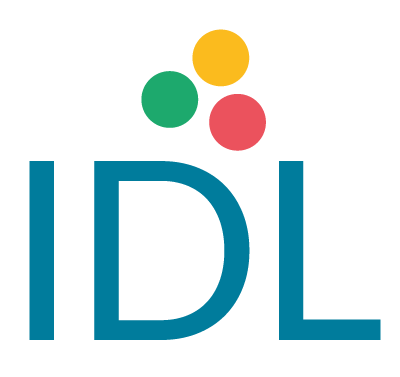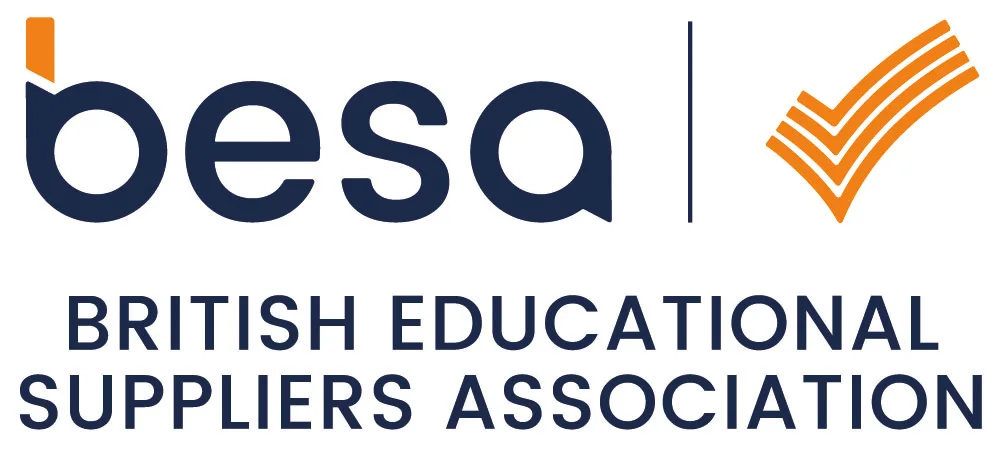This website uses cookies so that we can provide you with the best user experience possible. Cookie information is stored in your browser and performs functions such as recognising you when you return to our website and helping our team to understand which sections of the website you find most interesting and useful.
The Effectiveness of IDL Literacy - A Summary of Research
The study found that after just 26 hours on the program, learners showed an average improvement of 10 months in reading and 11 months in spelling.
The largest study, which analysed 96,978 performance records, found that just one IDL session improves reading by 1.9 days and spelling by 1.8 days.
Early research showed that learners improved their reading and spelling at 4 times the normal rate.
——————————————————————————————————————————————————————————————————————————————————————-
In recent years IDL Literacy has undergone significant development and growth – moving from a one-to-one learning model to a multi-sensory independent learning programme. This change has hugely extended the reach and usability of IDL, with the number of learners using the intervention increasing year-on-year. With this in mind, we have reviewed research findings into the effectiveness of the IDL programme to see if it is still a proven solution for increasing reading and spelling ability of pupils with dyslexia and other learning difficulties.
IDL Literacy
Scrase (2002)
In 2002, Richard Scrase analysed the progress made by 150 learners on the IDL programme. The study found average improvement rates in reading and spelling by a factor of 4 times.
Lifting Barriers (2014)
Another research project, Lifting Barriers, was funded by the Big Lottery in 2014. This study included around 1,200 students and confirmed that IDL produces significantly faster reading and spelling related improvements than non-specialist teaching methods – with an average 10 months improvement in reading and 11 months improvement in spelling after just 26 hours on the IDL programme.
Lancaster University (2018)
Egidio Zindato from Lancaster University, conducted a large study and analysed 96,978 performance records on the IDL programme from 2011 to 2018. This study looked at factors including learner demographics, lesson frequency and improvements gained from the programme. The results show that on average 1 session of IDL improves reading ability by 1.9 days and spelling ability by 1.8 days.
Another key finding is that 1 new lesson should be implemented every 6 days to maximise spelling improvements and every 8 days to maximise reading improvements. This confirms our recommendation of each pupil spending 1 hour a week on the programme. It is important to distribute new lessons over a period of time that allows learners to repeat, elaborate and stabilise the effects provided by their new training.
The research also showed that Key Stage 2 learners showed the greatest improvement in spelling and Key Stage 3 learners showed the greatest improvement in reading on the programme.
Conclusion
The results of the 2018 Lancaster University study are similar to the previous findings and shows the flexibility and robustness of the IDL Intervention. This research confirms that recent changes and updates made to the programme have been positive and IDL Literacy continues to be a proven solution for improving learners’ reading and spelling ability.
To find out more about IDL Literacy please click here.
Whittle-le-Woods Primary School - Lindsay BidderThe boost to their reading age in particular, for some of our children will be huge for their confidence when moving on to high school.














